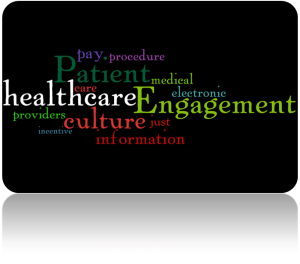Every industry is interesting in its own way, and healthcare is definitely no exception. We’ve done many different types of studies and projects in the emergency rooms at hospitals, and it’s interesting to look back at some of the results of focus groups we conducted with the E.R. patients.
We asked about their experience, everything from the admission through triage, care they received all the way through the discharge and billing. For this Tip of the Week, so that it applies to everyone reading, let’s focus on some of the ways that patients evaluated employees:
Talk On My Level: When the staff and physicians would speak with the patients “on their level” and were not condescending, that was greatly appreciated. Patients liked when a nurse talked with a child in terms they could understand and in an appropriate manner, or they spoke more slowly and clearly with a senior.
Don’t Judge Me: Patients were concerned about being judged by the staff – where patients were unsure if they truly needed emergency care or they didn’t want to be perceived as being there unnecessarily. When staff conveyed that patients were there for a reason (they made a good decision to go to the E.R.), that was positive. With one participant, a physician directly doubted/argued the need for the patient to be in the E.R., and this left a highly negative impression.
Convey You Care: Staff and physicians were generally perceived positively if they conveyed they cared about the patient. The way patients felt that the personnel cared was when service was quick, personnel asked questions, patients weren’t rushed, and the staff and physicians showed empathy.
Think about these takeaways when considering how your customers view you. Do you speak in a way appropriate for that particular customer, making communications clear but not condescending? Do you avoid judging the other person and arguing about their request? Do you try to provide service quickly, ask questions, avoid rushing the other person, and convey a little empathy?
If so, they’ll likely appreciate you more. They’ll feel respected, and are much more likely to respect you, in turn.
Talk on the customer’s level, avoid judging, and convey you care.
Signup for FREE Tips! Contact Us More Resources for You Visit Our Home Page
























